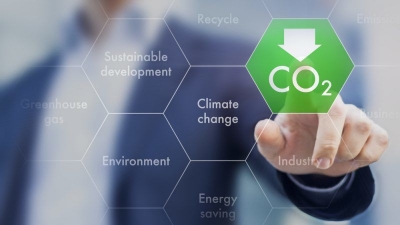
The U.S. president-elect Joe Biden has declared that the U.S. will return to the Paris Agreement and vowed to reach net-zero emission by 2050. China has committed to achieving net-zero carbon emissions by 2060. South Korea, New Zealand, Australia, Brazil, Iceland and scores of other countries and corporates such as Pepsico have all set net-zero goals. A new study shows that climate disaster could be curtailed within a couple of decades if net-zero emissions are reached.
So, what does net-zero mean?
Do not be confused with the word ‘zero’. Net-zero emission does not necessarily mean reaching zero emission. Under a net-zero scenario, emissions will still be generated, but this emission must be removed from the atmosphere through measures such as reforestation and artificial carbon sequestering. In other words, net-zero means achieving a balance between the greenhouse gases put out into the atmosphere and those removed. The term “carbon-neutral” is sometimes used instead of net-zero, and they broadly mean the same thing. It’s not just countries that can achieve net-zero emissions, even a state, city, company or a single building can also strive to achieve net-zero emissions.
However, climate activists such as Greta Thunberg are demanding for zero emissions, meaning no emissions are produced in the first place.
How can net-zero be achieved?
- By reducing the use of fossil fuels and by adopting renewable energy sources.
- By developing energy-efficient technologies.
- By adopting massive reforestation or tree-planting measures.
- By investing in technologies such as carbon sequestration that can remove carbon from the atmosphere. Carbon sequestration is the process of capturing and storing atmospheric carbon dioxide underground permanently and safely.
However, no technology or quantity of trees planted could offset the emissions currently generated globally, unless every country and every household is part of this solution.
Picture Credit : Google

